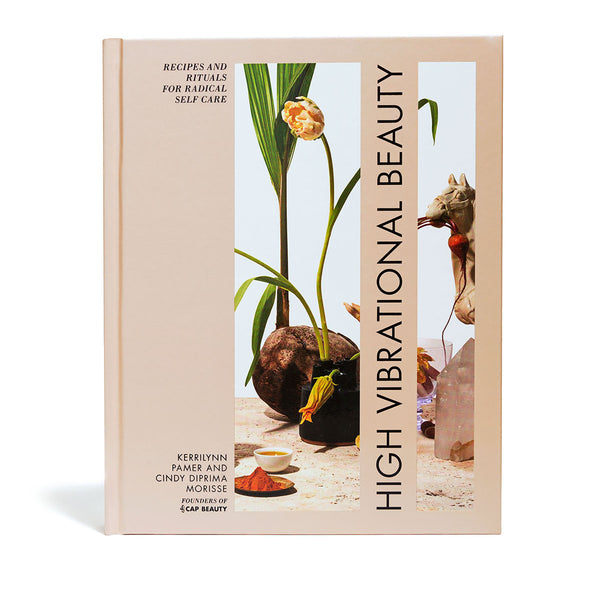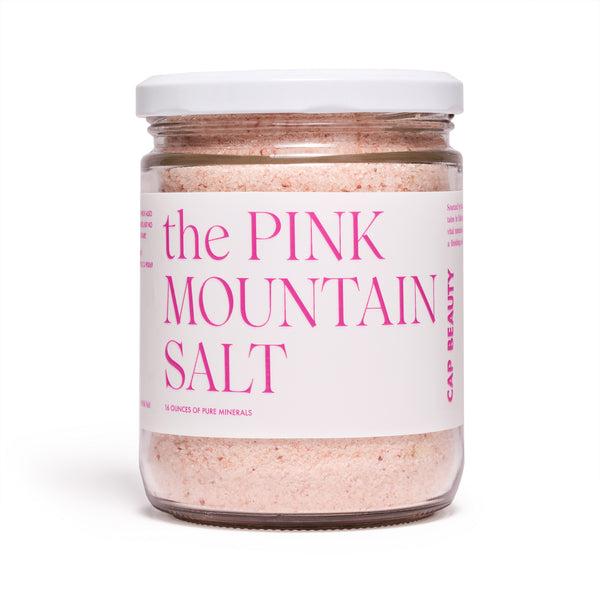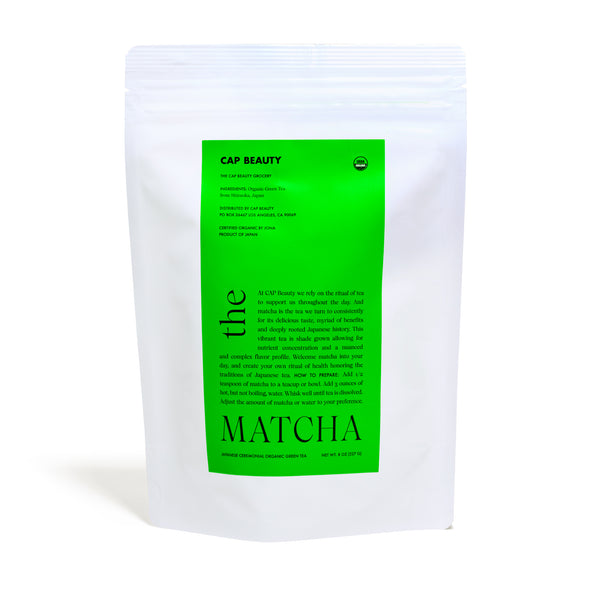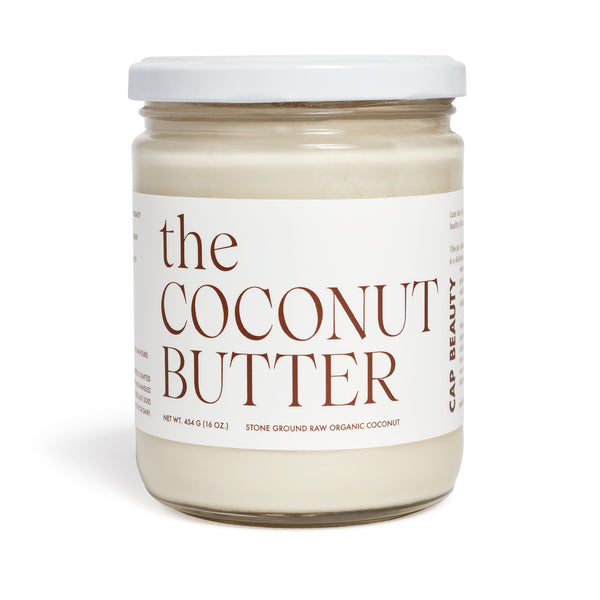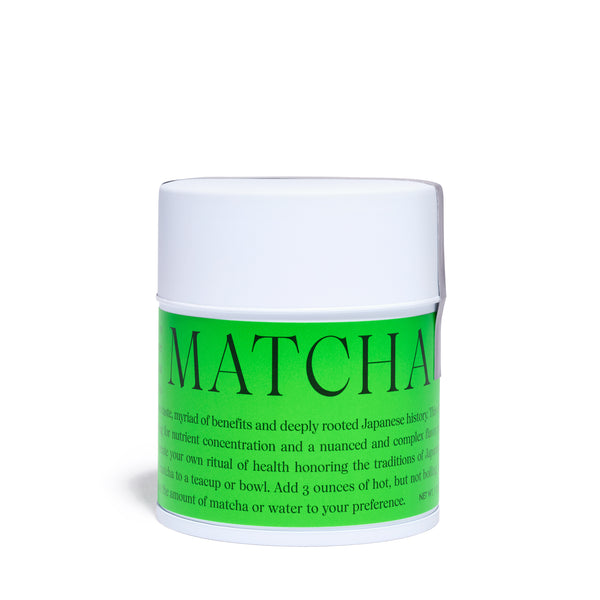What is your background and how did it lead you to the work that you do today?
I grew up in the Foothills of Los Angeles and always loved being in the garden with my Dad. I’m one of seven children and the only one who gardens. I would spend a lot of time in my little garden plot space that my parents allowed me to cultivate where I grew different lettuces and veggies for our family dinners, patches of sunflowers, always tomatoes. And when I would share what I grew at our table my family made me feel like I had made magic.
In high school I studied abroad in Holland on a farm. I wanted to be a farmer. In college I studied art and went to school in Vermont where I was given the chance to infuse myself in local organic agriculture. My art work was focused through the medium of print making. I was in love with the landscape, the people, folk art and the culture of craftsmanship. It was a beautiful time.
I moved to New York City and became an Art Director. I got to work at my dream place, W magazine with a dream team. I felt seen. This was a period of tremendous growth, great friendships, incredible mentors and so much inspiration. It was 9/11 that changed so many things for me. Working in the world of Fashion I had questions that no one wanted to answer. Where things were made? What resources were used to make them? Who were the people who made them? What were their wages? After 5 years in NY I left for Costa Rica and Panama to W.O.O.F. (Work On Organic Farm)
Today I see that there is room for me to work in both arenas - I'm still an art director + stylist and the years I practiced as a studio artist have greatly informed the work I now make in the garden.
Finca Tierra Negra flows through me like a current of energy and I feel a tremendous creative payback in my exploration.
Can you share more about how you got involved in One Tree Planted, and what drew you to help this non-profit?
I was drawn to One Tree Planted by their nuanced mission statement. I knew something was enlightened in seeing the ways that they were connecting the dots on a very challenging subject matter: reforestation.
When I discovered that they were based out of Vermont with their HQ located on Shelburne Road I knew the project was in good hands. The people of Vermont are ahead of the curve when it comes to relating to the earth and it’s cry for healing.
One of the reasons I’m so excited to participate in this reforestation is that Indigenous communities will be at the center of restoration, taking care of the land and preserving it for the decades that will follow.
Finca is proud to be partnered with One Tree Planted in support of the Monarch Butterfly reforestation initiative in Mexico.
We are planting all Native saplings: Oyamel Pine, Smooth bark Mexican Pine, Chihuahua Pine and Cupresses Lindleyi -- grown from seed by the Indigenous communities and local farmers.
What are your favorite resources + books for learning about protecting soil, trees and our environment in general?
Initially it was Rachel Carson, Bill McKibben, Paul Hawken and Sylvia Earle. Then I read all of Michael Pollan. Next I found Masanobu Fukuoka and he was a great influence on me.
Dr. Elaine Ingham has become my guru of the soil food web.
The Third Plate by Dan Barber was like traveling to farms and fisheries around the world and I loved it.
David C. Johnson is a total revolution.
Nance Khlem taught a soil course that changed my life and gave me the sinking feeling that everything I suspected was true. Soil health is the root of all health.
Don't just go to these people's instagram pages; read their books.
I could go on and on as there are so many people I draw on for wisdom and perseverance. I created a resources page on my site that includes links to these sources. To be honest it's overwhelming to keep up with since I'm constantly learning something new but it's a great place to start.
Why do you call your compost, "lasagna compost?"
Lasagna gardening is an ancient practice of layering carbon and nitrogen in your garden beds to build soil naturally. I learned about it from reading Marta Teegen’s book, Homegrown: A Growing Guide for Creating a Cook’s Garden. I decided to try it with composting after the soil intensive course I took with Nance Khlem.
The name Lasagna Compost evoked a longing for a recipe in me and perhaps a history of ancestors hands making a new earth, passing it down through their lineages. It made me feel like I was a part of something greater.
Lasagna composting is a passive method of converting waste into Living Soil.
What is your hope for the future of soil, and how can we all help?
My hope is that we continue to awaken to the paradigm that is shifting where Nature is our teacher.
If something is happening fast, there’s a forcing. Go slow and steady, there’s a season for everything. If you have straight lines and manicured landscapes, there is a dominance at play. The Earth is soft and curvy. She is wild.
We can change our reality on a grassroots level by connecting with the carbon cycle in our own kitchens, backyards and garden spaces.
Our willingness to engage in the healing practices of composting at home is the future of soil.

What do you recommend for people who live in apartments, but want to garden and participate in supporting healthy soil?
Join a community garden! I had a plot when I lived in Vermont and I loved spending my evenings there. I met so many shiny people. We shared the sunsets together— and the tools and water and were there to offer our help if someone needed it. Most community gardens have a place to compost your food scraps with the benefit of using the finished compost in your garden space.
What about your work lights you up?
I love the process of baking and witnessing Mother Nature’s great alchemy. It’s truly awe inspiring. I feel this great resonance in knowing that I really work for her.
When I spend time in the garden it feels like I’m in the folds of a new kind of healing. The work is restorative and I feel nourished by these practices. Since my products come straight from my garden sometimes it feels like I’m alone in my radicalism and then when you reach out I’m in a constellation. We’re riding this big wave together. Each order and each client has been a total delight.
What creates good compost? And what are the essential ingredients to creating it?
Good compost comes from quality ingredients and from letting Nature run her course with the least amount of intervention. Give it time and plenty of carbon otherwise your scraps will become green house gases and your pile will keep shrinking.
Using a blend of mulch, coffee grounds and your kitchen scraps will make a perfectly nutrient dense compost. Have fun!
Tips for composting at home? What's your current system?
Find a bowl of container that you like - use something that you feel connected to. Create an energetic space for it to sit that feels reverent. Make sure your scraps are cut down into 3-6 inches. Don’t throw in whole fruits or veggies or they won’t breakdown at the same rate as the rest.
Pro-tip: Keep your collection in the fridge or freezer to minimize odor or fruit flies. You can even use a brown paper bag if you freeze it!
Soak your carbon layer with your spent coffee grounds.
I love recommending this gorgeous fabric Compost Sack by BACSAC that I carry in my Soil shop! I include my recipe for lasagna composting with it and can guarantee great results.
What are your favorite meals to make from the produce you grow?
Spaghetti for sure! Tomato season is the highlight of the year. I love going out to gather herbs for whatever I feel like… salads, soups, teas. I’ve become obsessed with growing “meaty” greens so that feels really satisfying.
What makes good soil?
Good soil is determined by a quality of relationships know as the Soil Food Web. When you have healthy soil you have a healthy soil food web. The same microbes that make our guts healthy make our soils healthy. This is how our communities get energy. In building your soil: first there are small communities, then there are specialties, then there is a mutualism and then you reach synergy.
Soil that is light colored and dry is dead. Good soil is dark and alive. You can always turn bad soil into good soil with lasagna compost by layering it on top or covering it with a blanket of mulch. Root systems build soil health. Establishing Native plants allows compacted or desertified land to awaken again.
Soil carbon is the critical piece in the remediation process. Once your carbon has stabilized and you have the synergy of a healthy food web, you can store it in the ground for thousands of years.
If you don’t have healthy soil not only can you not store carbon but your plants will not thrive. Without a healthy soil food web your plants are prone to disease and infestations of insects.
What makes good compost?
Good compost for me is about the caretaking. I want to know that the temperatures were high enough to burn all pathogens and seed and low enough to keep the biology alive and thriving. I want a fortified compost, rich in minerals and nutrients, clean high quality ingredients straight from the source. I want it to be cured for a good amount of time. I want it delivered warm and bio-available. I want my process to be my product. I want exactly what I’m making :)
Just know that compost is very forgiving and even those just beginning who just toss their scraps in a pile and cover it with mulch will always make a beautiful compost. Just give it enough time and let Nature do the rest.

